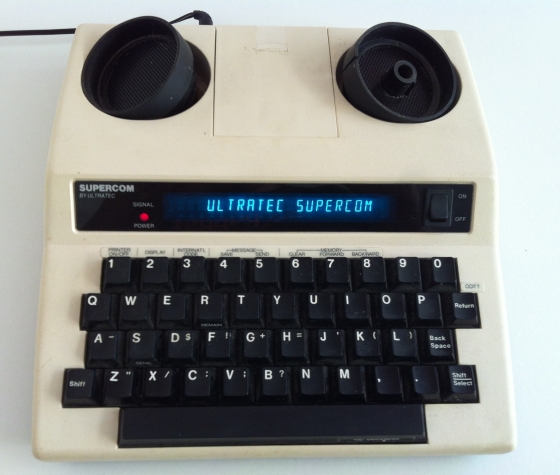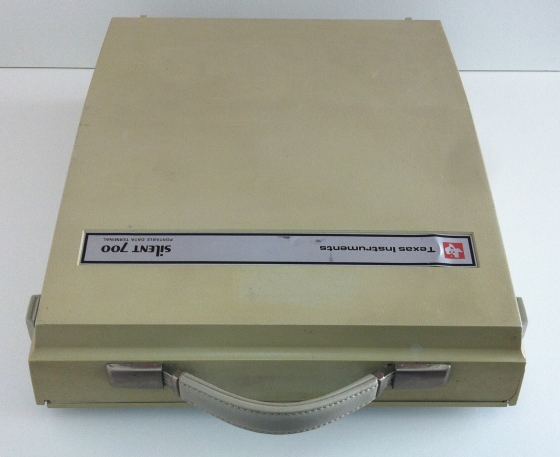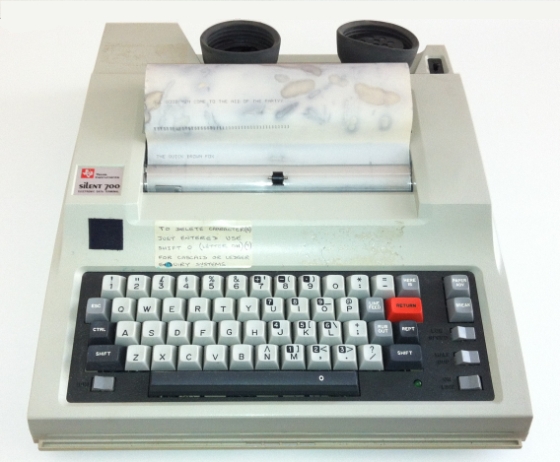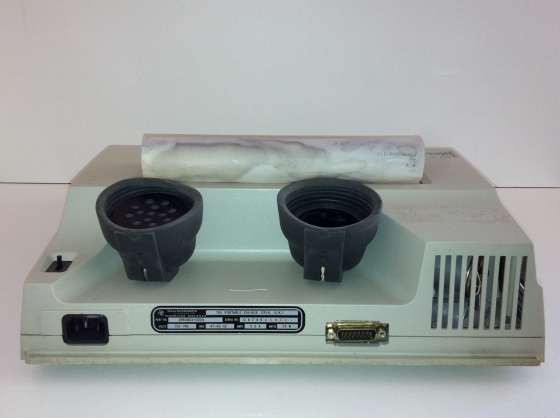From ‘The Jerk’:
Navin R. Johnson: Why are you crying? And why are you wearing that old dress?
Marie: Because I just heard a song on the radio that reminded me of the way we were.
Navin R. Johnson: What was it?
Marie: “The Way We Were.”
So, when I started this job as a Communications Technician, it was obvious from the get-go that things were already changing in the communications environment of the organisation I joined. There were no immediate plans to change any of the computer systems at the time, basically mainframes were what you could get and mainframes were what you had, but on the network side, things were very different. As I said previously, there were other systems in use apart from the mainframe, but we did not get inviolved in any of that. They were looked after by the Operators, and the most involvement with those systems we had was ordering circuits from BT.
To get an idea as to the way we were, it’s probably a good idea to describe physically how things were setup. The building we were in was a rather large one, built in two timezones. One half was bulit in the 1930s and the other half added on in the 1970s, and I doubt that there is a single building anywhere that has such a mismatch in architecture and astethics! We were ensconsed in our small office on the third floor of the older building, next door to the Ops room. Next door to them was the computer operations room, where the Ops consoles, tape drives, etc., were housed. Next door to that was our comms room[1], where the modem links to the remote sites were terminated. This also contained the IBM 3274 controllers which fed the co-ax connections to the terminals that were dotted around both the old and new buildings, and an IBM 7171 asynch controller that connected the remote sites via the modem links. Above us, in the attic, was the computer room where the mainframe and it’s FEPs were housed.
At the start, our responsibilties consisted of looking after the modems, together with their remote BT lines and their links to the 7171, that were located in the comms room, the co-ax cabling for the IBM terminals and the hideous things that were the IBM 5520 systems. The fun we had with those 5520 beasts and their devil-spawned twin-ax cables is worthy of another post sometime, but the co-ax cabling wasn’t in that bad a shape. The modem stuff was a mess, however.
Racking? Cable management? Labelling? Forget it. Ok, some stuff was labelled, sort of, but the modems were just rested on a set of hand-made formica shelves, the like of which you may have in a garage. The modems, all of different sizes, were stacked any which way. Their line cables just drifted out the back of the shelving (as did the power cables) and connected to either the phone sockets or the DPs, whilst their serial cables were thrown down the back, under the floor and into the 7171. Deep joy! It wasn’t unusual to break another remote link whilst you fixed another, by either tripping over a line cable, or knocking the power out of another modem. To compound the mess, there was a 3270 co-ax patch panel located next to the shelving which, although it was in a rack and it was labelled, it was still not a pretty sight. It was also stuck right in front of the BT DPs so access wasn’t brilliant.
The modems used back then were mostly Micom-Borer, but there were some others ‘installed’ on that shelving too. We’ll get back to these in subsequent posts, oh yes.
[1] In the bizarre twists of fate that life throws at you, this is now my office, which I share with five other people. It’s been refurbished slightly, but there is still evidence of it’s former use. There’s a few 100-pair DPs on the wall, a number of the original telephone points, that the modems used to connect to, are still there, and there’s a BT 2M unit still attached to the wall. It still has a raised floor and I suspect that are a number of old coils of cable still lurking under there.




